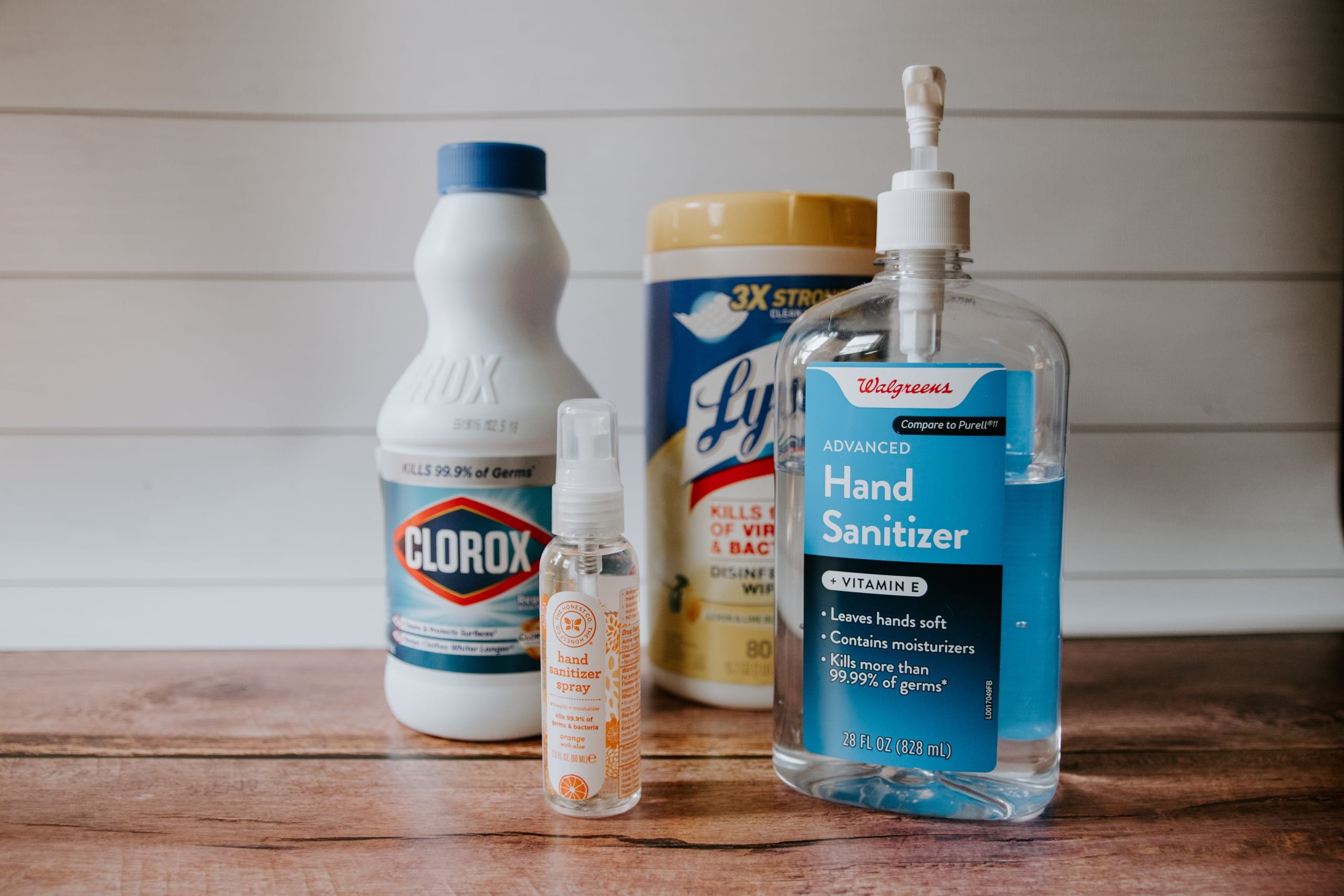Keep Your Workplace From Going Viral

The first piece of advice I can give you is don’t panic. Panic prevents rational thought and hinders the ability to make informed decisions. The first thing to do is assess the actual exposure. This is determined by how many people visit your facility on a regular basis and the probability that those people may be infected. Medical offices that treat patients or perform procedures in-office are at higher risk of infection than an office that only has a few employees and rarely receive visitors. The next thing to consider is where germs can be transferred. The most common places transfer takes place are telephones, door handles, light switches and restrooms. Air quality is another consideration as germs may become airborne and spread through ventilation systems.
Whether your workplace has a high or low risk, you should consider consulting a professional to assess what needs to be done in your facility. A professional cleaner will determine exactly what your individual needs are. There are safeguards that everyone can take. Start by informing employees, coworkers, clients and visitors of the risk factor. If you are a medical office treating infected patients or if you have employees who have been exposed, you need to inform everyone who enters your facility to take precautions. If you are hosting a meeting or conference, designate areas where visitors will be and properly clean and disinfect those areas before and after the meeting. Put hand sanitizing stations at entrances and lobby areas. Most people will use it if it is available. I recommend a touch free dispenser. When several people touch a soap dispenser before actually using the soap, they are leaving germs on the dispenser. Designate a phone that your visitors may use and place disinfecting wipes next to it with a sign asking people to wipe the phone before and after using it. Any keypads or touch screens that are heavily used should be treated the same way.
Signs should be placed in all restrooms asking everyone to please wash their hands. Touch free soap and towel dispensers are a great idea. Touch free faucets are beneficial. Electric hand dryers are better than paper towels. The restroom fixtures should be disinfected at a frequency that coincides with their use. A cleaning professional will be able to determine the proper frequency. Using the proper chemicals is key. For example, bleach evaporates much quicker than most other water-based disinfectants. In order for a disinfectant to work properly it must remain on the surface for several minutes. All surfaces should be wiped with a disinfectant daily.
Treating the air can be the trickiest. I recommend changing filters weekly using a high-quality filter that traps the most amount of allergens. Hepa filters work best. Having ducts professionally cleaned will help prevent germs from collecting in the ventilation system. Disinfectant fogging is the best way to treat the air and kill airborne virus. This process must be done by a professional. The fogger atomizes the disinfectant and sprays it into the air. This will treat areas that are hard to reach and may normally get overlooked.
Lunchrooms and kitchens are another area where disinfecting is important. Utensils and cups should be washed, dried and put away in a cabinet. Everyone should clean cups and utensils before and after each use. Water cooler handles should be disinfected as well. Make sure you replace kitchen sponges frequently and use an antibacterial dish soap. Wipe counters with disinfectant before and after each use also.
The best defense against germ and virus transfer is a good plan. Work with a cleaning professional and consult your local health department to assess risk factors and determine the level of reported infections in your area. These and other tips are available in more detail in our guidelines for disinfection. I realize that some of these things may seem extreme or expensive. Most business owners are reluctant to increase the cleaning budget. I can assure you that the money is well spent. Keeping your customers, clients and employees healthy is as equally healthy for your bottom line.
About the Author













Leave a Reply
Want to join the discussion?Feel free to contribute!